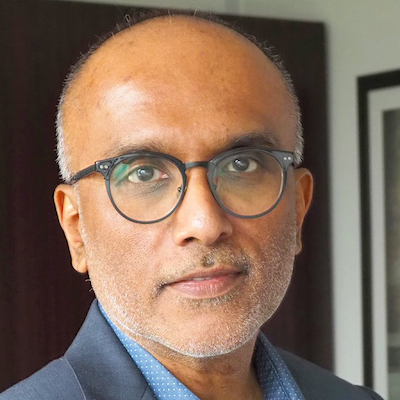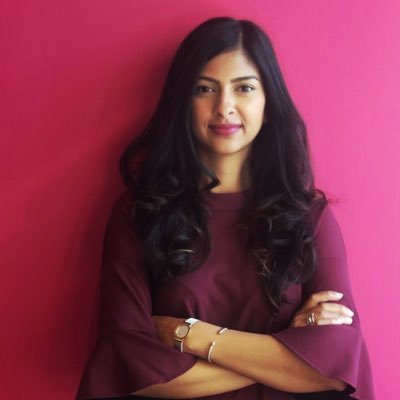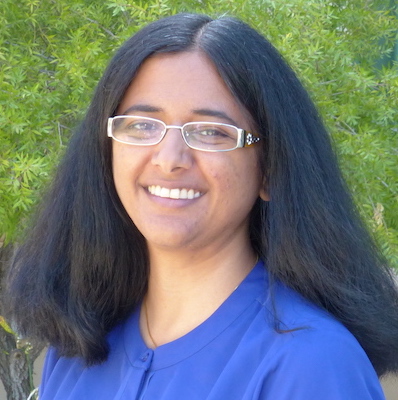Digital subscriber growth will slow, but that won’t be all bad
2021 has been a stressful year for news organizations counting on paid digital subscriptions for sustainability.
In the early years of digital subscription programs, growth came more easily as loyal, long-time readers converted in large numbers. That was followed by the “Trump bump,” then a global pandemic that led readers to us in droves.
And then things stalled. From Netflix and The New York Times to many local newsrooms, digital subscription growth has slowed in 2021. Blame news fatigue, subscription fatigue, market saturation, macroeconomic concerns, or whatever you’d like — the last year brought the sobering reminder that for even the most successful digital subscription businesses, converting new subscribers only gets harder as time goes on.
One way or another, 2022 is going to teach us much about the durability of our digital subscription strategies. By the end of the year, we’ll know whether 2021 was a blip or our new reality. We’ll better understand what each of our individual markets will bear. There will be adjusting of forecasts, revising of expectations, and wringing of hands.
All that might not be good for our short-term bottom lines, but it could be good for our long-term sustainability.
Slowing growth will renew our imperative to focus on the needs of our readers and the quality of our products — simply because it leaves us with no other choice. Strategies that were backburnered as we scrambled through the growth years will take on new life as we fight to win new subscribers on the margins.
Readers who choose to pay for us will be more intentional and less transactional, driven by a deeper appreciation for our journalism and digital products. The pace with which we continue to grow new subscriptions will be more up to us and less up to events beyond our control.
It’ll be scary, maybe, but also hopeful. No pressure, no diamonds.
Chase Davis is deputy managing editor for digital strategy and technology at the Star Tribune in Minneapolis.

2021 has been a stressful year for news organizations counting on paid digital subscriptions for sustainability.
In the early years of digital subscription programs, growth came more easily as loyal, long-time readers converted in large numbers. That was followed by the “Trump bump,” then a global pandemic that led readers to us in droves.
And then things stalled. From Netflix and The New York Times to many local newsrooms, digital subscription growth has slowed in 2021. Blame news fatigue, subscription fatigue, market saturation, macroeconomic concerns, or whatever you’d like — the last year brought the sobering reminder that for even the most successful digital subscription businesses, converting new subscribers only gets harder as time goes on.
One way or another, 2022 is going to teach us much about the durability of our digital subscription strategies. By the end of the year, we’ll know whether 2021 was a blip or our new reality. We’ll better understand what each of our individual markets will bear. There will be adjusting of forecasts, revising of expectations, and wringing of hands.
All that might not be good for our short-term bottom lines, but it could be good for our long-term sustainability.
Slowing growth will renew our imperative to focus on the needs of our readers and the quality of our products — simply because it leaves us with no other choice. Strategies that were backburnered as we scrambled through the growth years will take on new life as we fight to win new subscribers on the margins.
Readers who choose to pay for us will be more intentional and less transactional, driven by a deeper appreciation for our journalism and digital products. The pace with which we continue to grow new subscriptions will be more up to us and less up to events beyond our control.
It’ll be scary, maybe, but also hopeful. No pressure, no diamonds.
Chase Davis is deputy managing editor for digital strategy and technology at the Star Tribune in Minneapolis.
Gonzalo del Peon

j. Siguru Wahutu

Simon Galperin

Mario García

John Davidow

Candace Amos

Francesco Zaffarano

Alice Antheaume

Melody Kramer

Shannon McGregor Carolyn Schmitt

Sam Guzik

Cherian George

Anika Anand

Whitney Phillips

Ariel Zirulnick

Joy Mayer

S. Mitra Kalita

Laxmi Parthasarathy

Shalabh Upadhyay

Rasmus Kleis Nielsen

Mike Rispoli

Zizi Papacharissi

Izabella Kaminska

Julia Munslow

Amara Aguilar

Matt DeRienzo

David Skok

Jesenia De Moya Correa

Brian Moritz

Millie Tran

Stephen Fowler

Richard Tofel

Joanne McNeil

Catalina Albeanu

Natalia Viana

Jody Brannon

Jessica Clark

Jennifer Coogan

Tamar Charney

Sarah Stonbely

Christina Shih

Daniel Eilemberg

Gordon Crovitz

Ståle Grut

Tony Baranowski

Nikki Usher

Julia Angwin

Doris Truong

Raney Aronson-Rath

Parker Molloy

Burt Herman

Kristen Muller

Jonas Kaiser

Robert Hernandez

Megan McCarthy

Paul Cheung

Anthony Nadler

Cristina Tardáguila

Michael W. Wagner

Janelle Salanga

Stefanie Murray

Kathleen Searles Rebekah Trumble

Eric Nuzum

Joshua P. Darr

Larry Ryckman

Sarah Marshall

Gabe Schneider

Kristen Jeffers

Chase Davis

Jennifer Brandel

Matt Karolian

Kendra Pierre-Louis

Kerri Hoffman

Errin Haines

Joe Amditis

Don Day

Cindy Royal

Victor Pickard

David Cohn

Chicas Poderosas

Amy Schmitz Weiss

Rachel Glickhouse

Matthew Pressman

A.J. Bauer

James Green

Moreno Cruz Osório

Jim Friedlich

Tom Trewinnard

Anita Varma

Meena Thiruvengadam

Juleyka Lantigua

AX Mina

Jesse Holcomb

Andrew Freedman

Wilson Liévano

Mandy Jenkins

Simon Allison

Christoph Mergerson

Joni Deutsch

Mary Walter-Brown
